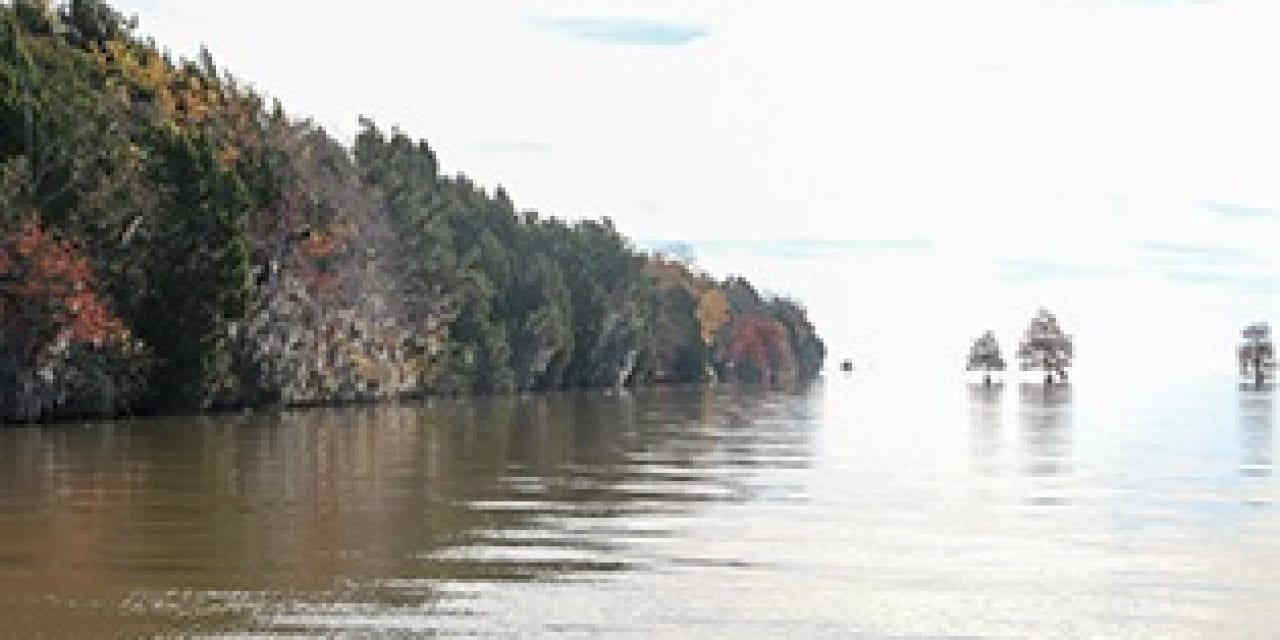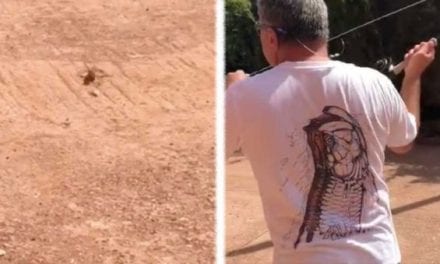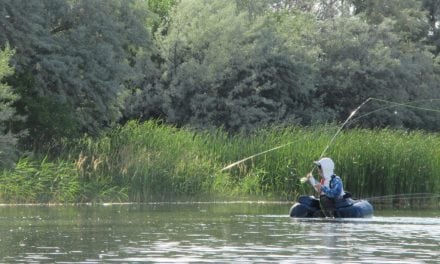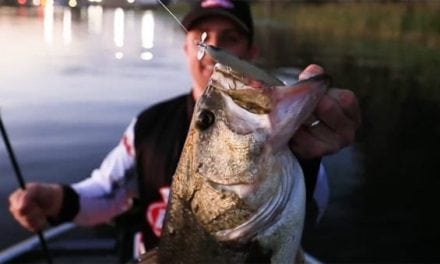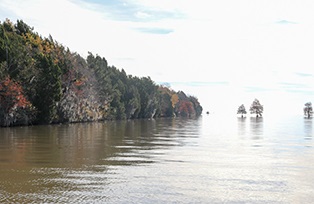 Most fishermen know about “hotspots,” those delightful areas near power plants where warm water gets discharged into waterways, attracting hordes of baitfish and gamefish. Less widely considered, but important to far more winter fishing situations, are the more subtle temperature breaks that occur within waterways and that can impact the fishing in a major way.
Most fishermen know about “hotspots,” those delightful areas near power plants where warm water gets discharged into waterways, attracting hordes of baitfish and gamefish. Less widely considered, but important to far more winter fishing situations, are the more subtle temperature breaks that occur within waterways and that can impact the fishing in a major way.
Lake fish of all kinds live within their own tolerable temperature ranges, so winter naturally puts many fish near the cold end of preferred ranges. Not surprisingly, they gravitate toward warmer water and feed most actively when and where the water is the warmest (or the least cold, anyway!) The principle applies to sportfish and baitfish alike, which multiplies the appeal of warmer water to sportfish because the water is more comfortable and they find more food.
Temperature differences need not be extreme. A couple of degrees can affect fish’s positioning and activity level far more that it might seem should be the case. Evidence can be seen in the degree to which the bite in certain areas commonly improves just within the course of a day because of the sun’s warming effect.
The two main warming influences in any lake or reservoir are inflows of warmer water and sunshine. Wind and stream currents also can play a part because they redistribute warmer (and cooler) water. The starting point for finding warmer water and using that to your advantage, therefore, is to consider areas where those major influences will warm the water based on the layout of a waterway and conditions.
Artificial warm-water discharges from power plants, as already noted, are the most obvious warming inflows. Overlooked even with these, though are waters downwind or down-current that are still influenced by the warm water. While only the water in a single cove might only be warm enough to throw a topwater lure during January, the water might be warm enough to hold more bait and more active fish several miles down a lake, given the right current.
Turning to natural influences, rivers are more slowly influenced by weather changes than lakes. Therefore, the same headwater areas and tributary inflows at the heads of lake arms that offer cool-water sanctuaries during mid-summer tend to be less dramatically chilled than most other parts of lakes during mid-winter.
More accentuated warming occurs during and just after a major rain event, as long as the rain is warmer than most lake water. In such conditions, pay especially close attention to intermittent drains that concentrate the rainwater and don’t mix that water with cooler existing flows. Of course, the temperature of the ground that a creek or ditch drains also influences the temperature of the water that flows through that ditch. If heavy rain comes all at once after a couple of warm sunny days, a ditch that drains a big field might deliver surprisingly warm water for a short time.
Likely sun-warmed areas of lakes are commonly considered by sight fishermen during early spring. They know coves that have southern exposures get the first waves of spawning fish, especially coves that are protected from persistent north winds, which not only are cool but can have the effect of moving the water and moderating any sun-baking effect. The same principles apply all winter. More hours of sunlight translates into warmer water, especially during afternoons, when the sun has been working all day.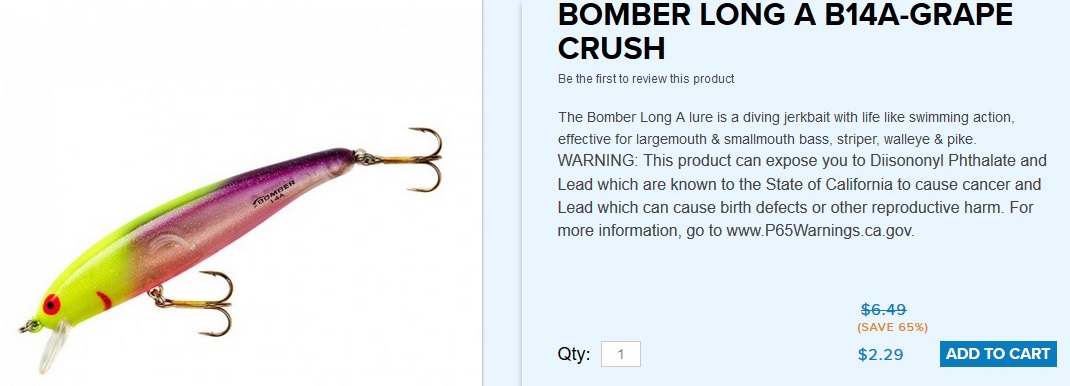
Other important considerations related to the sun’s heating influence are that shallow water warms faster than deep water and that dirty water warms faster than clean water because of the particles it carries. A stump-studded flat or riprap-lined bank will also warms up extra quickly when the sun shines because the stumps or rocks heat up from the sun and radiate that heat. If you’ve ever sat for long in direct sun atop a boulder, you probably can relate.
The key is to consider potential warming influences by studying lake maps, observing, and thinking about conditions, and then to watch the temperature gauge on your electronics. Pay attention to how water temperatures vary from area to area and how they change through the day, and note how that correlates with the availability of baitfish and the behavior of the bass.
Warmer water isn’t a magic bullet, and many factors influence fish location and behavior any given day. It is, however, a very important factor that too frequently gets overlooked, and factoring its influence into your strategies absolutely can help you catch more fish this time of year.
The post Find the Warm Water appeared first on .

